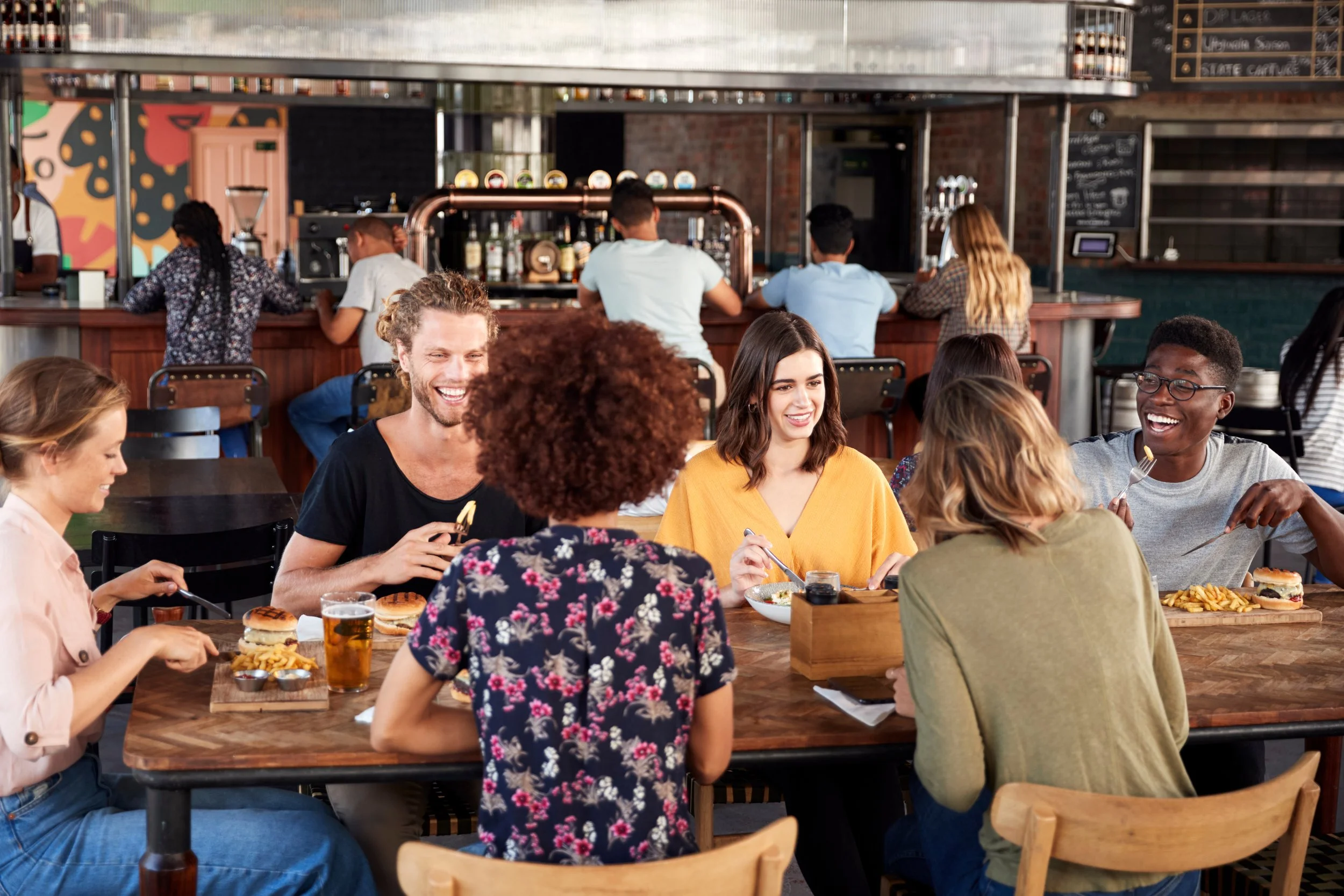By Viktoria Arsenteva, Contributor
In the hyper-competitive restaurant industry, effective marketing can be the difference between a bustling dining room and a quiet one. While word-of-mouth and organic traffic are valuable, there's no denying the potency of paid advertising in driving sales. Leveraging this tool efficiently can yield a significant return on investment.
Let's explore how to harness the power of paid advertising to boost your restaurant's sales.
1. Understand Your Guests (And Your Audience)
Before starting pay-per-click (PPC) campaigns, it's crucial to understand your target audience. Are they families looking for a cozy dining experience, or Millennials seeking the latest gastronomic trend? Your advertising strategy should be tailored to appeal to the specifics of your demographic.
2. Choose the Right Platforms
Different advertising platforms cater to different demographics and objectives. Here's a breakdown:
Google Ads: Ideal for reaching people actively searching for dining options. For example, using a campaign type like Google Performance Max can help you utilize Google's machine learning to optimize your campaigns across all Google ad inventories, ensuring you reach potential diners wherever they are online.
Facebook and Instagram Ads: These platforms allow for detailed demographic targeting, from age to interests. They are particularly effective for visually appealing promotions given the platforms’ image-heavy nature.
Twitter Ads: Best for timely promotions like lunch specials or happy hour deals, given the platform's real-time nature.
LinkedIn Ads: Not traditionally used for restaurants, but it can be an avenue if you're targeting corporate events or business lunches.
3. Creating Compelling Content
For ads to be effective, they need to grab attention.
High-quality images: A well-taken photo of a dish can entice potential customers. Invest in professional food photography.
Engaging videos: Short, engaging videos showing the ambiance of your restaurant or a chef preparing a dish can create a connection with the viewer.
Clear Calls to Action (CTA): Whether it's "Book Now", "Order Online", or "View Menu", ensure the viewer knows the next steps.
4. Leverage Promotions and Special Offers
Discounts, special menus, or limited-time offers (LTOs) can create urgency. Promote these offers through paid advertising to attract more customers, especially during off-peak times.
5. Retargeting: Don't Forget the Almost-Customers
Retargeting tools allow you to display ads to individuals who have previously interacted with your website but did not make a reservation or purchase. It's a gentle reminder of what they're missing out on.
6. Optimize for Mobile Users
A significant chunk of users searches for restaurants on mobile devices. Ensure your ads are mobile-friendly and lead to a mobile-optimized website. Offering features like click-to-call or easy navigation to your menu can enhance user experience.
7. Test and Refine
As with all marketing strategies, it's essential to continually test and refine your approach.
A/B Testing: Run two slightly different versions of an ad to see which one performs better.
Use Analytics: Platforms offer detailed analytics. Monitor metrics like click-through rate (CTR), conversion rate, and return on ad spend to gauge effectiveness.
Adjust Budget: Allocate more budget to high-performing ads and platforms, and reduce or refine those that aren't delivering.
8. Consider Collaborations
Partner with influencers or local businesses for joint promotions. For instance, a collaboration with a local brewery could involve a special menu paired with their beers, jointly promoted through paid ads.
9. Encourage Reviews
Positive reviews can significantly influence potential diners. However, it's essential to ensure genuine reviews rather than incentivized ones.
10. Loyalty Programs and Email Marketing
While not traditional paid advertising, promoting loyalty programs can yield significant returns. Use paid ads to promote sign-ups, then utilize email marketing to keep those customers coming back with special offers and news.
Conclusion
Paid advertising offers a plethora of opportunities for restaurants to enhance their visibility and drive sales. However, it requires a strategic approach.
By understanding your audience, choosing the right platforms, creating compelling content, and continuously refining your strategy, you can maximize your return on investment and keep those tables filled.
About the Author
Viktoria Arsenteva, Marketing Manager at Lira Agency. Holding a background in sociology, she skillfully merges her understanding of human behavior with marketing strategies. Viktoria frequently shares her expertise in various marketing platforms.












